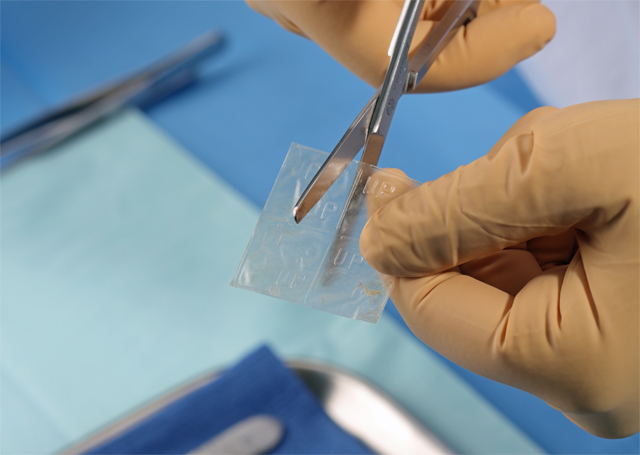 Introduction
Introduction
In the realm of dermatologic and plastic surgery, advancements in technology have paved the way for innovative treatments and techniques. Among these breakthroughs, the utilization of skin substitutes has emerged as a transformative approach in restoring and rejuvenating damaged skin. Skin substitutes offer a promising alternative to traditional grafting methods, revolutionizing the field and providing improved outcomes for patients. In this blog post, we will delve into the world of skin substitutes and explore their applications, benefits, and future prospects in dermatologic and plastic surgery.
Understanding Skin Substitutes
Skin substitutes are bioengineered materials that mimic the structure and function of human skin. They are designed to promote wound healing, replace damaged skin, and optimize aesthetic results. These substitutes consist of different components, including cells, scaffolds, growth factors, and biomaterials, each playing a crucial role in the regeneration process.
Applications in Dermatologic Surgery
Burn Wound Healing: Skin substitutes have revolutionized the treatment of burn wounds by providing an efficient means of wound closure and reducing scarring. They promote re-epithelialization, enhance tissue regeneration, and reduce the risk of infection.
Chronic Wounds: Chronic wounds, such as diabetic ulcers and pressure sores, pose significant challenges. Skin substitutes offer a potential solution by accelerating healing and providing a stable environment for cell growth.
Scar Revision: Skin substitutes have shown promise in scar revision procedures, helping to improve the appearance and texture of scars. By promoting collagen synthesis and tissue remodeling, these substitutes aid in achieving more aesthetically pleasing results.
Benefits in Plastic & Reconstructive Surgery
Complex Reconstructive Procedures: Skin substitutes play a vital role in complex reconstructive procedures, such as breast reconstruction after mastectomy or large skin defect repairs. Skin substitues can be used effectively to close surgical defects are skin cancer removal and Mohs surgery. They provide structural support, facilitate tissue integration, and enhance the overall outcome.
Aesthetic Enhancements: Skin substitutes are utilized in cosmetic procedures to address skin imperfections, wrinkles, and volume loss. They aid in rejuvenating the skin, promoting a more youthful appearance, and reducing the need for invasive surgery.
Minimizing Donor Site Morbidity: Traditional grafting techniques often require harvesting healthy skin from donor sites, leading to additional wounds and potential complications. Skin substitutes offer a viable alternative, minimizing donor site morbidity and reducing patient discomfort.
Future Perspectives
Advanced Biomaterials: Continued research and development in biomaterial sciences are expected to yield more sophisticated skin substitutes with enhanced regenerative properties, including better integration with host tissue and improved functionality.
Personalized Medicine: The future of skin substitutes lies in personalized medicine, where tailored treatments are designed based on a patient’s specific needs and genetic profile. This approach has the potential to optimize outcomes and reduce the risk of complications.
Stem Cell Therapy: The integration of stem cell therapy with skin substitutes holds great promise. Stem cells possess remarkable regenerative potential and could significantly enhance the healing process and tissue regeneration.
Conclusion
Skin substitutes have revolutionized dermatologic and plastic surgery, offering new possibilities for wound healing, reconstruction, and aesthetic enhancements. Their ability to mimic human skin and promote tissue regeneration has transformed the field, providing better outcomes for patients and minimizing complications. As research and technology continue to advance, we can expect further breakthroughs in the development of skin substitutes, leading to even more effective and personalized treatments in the future. The era of skin substitutes is here, bringing renewed hope to patients and clinicians alike.
Previous Post Next Post